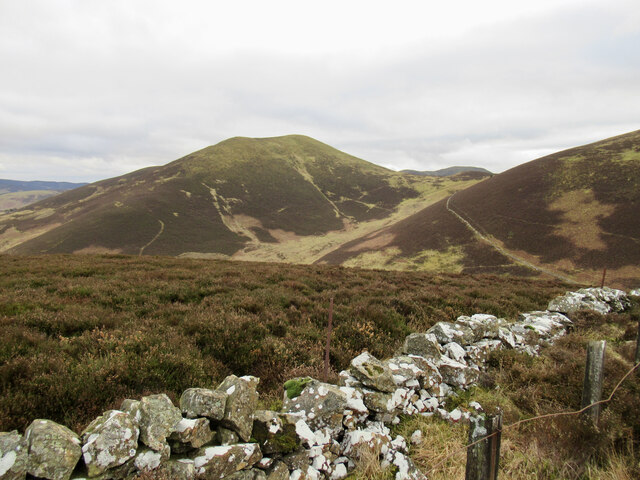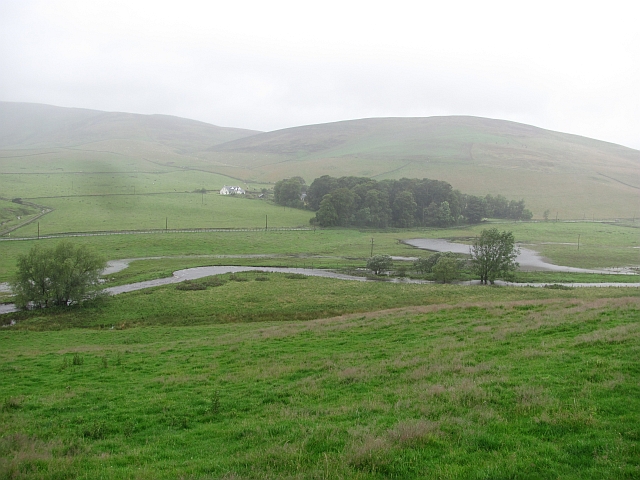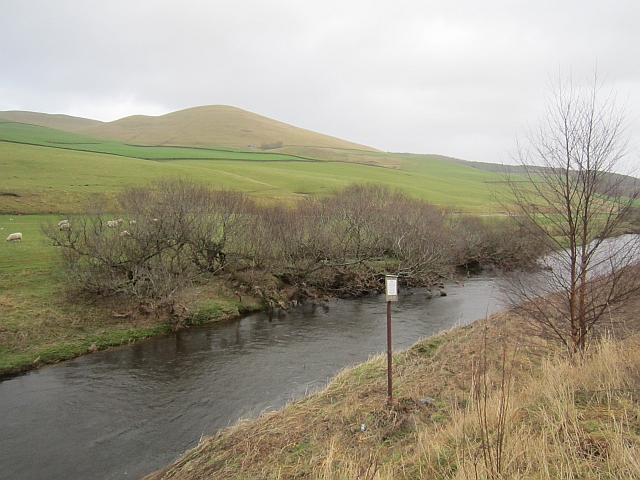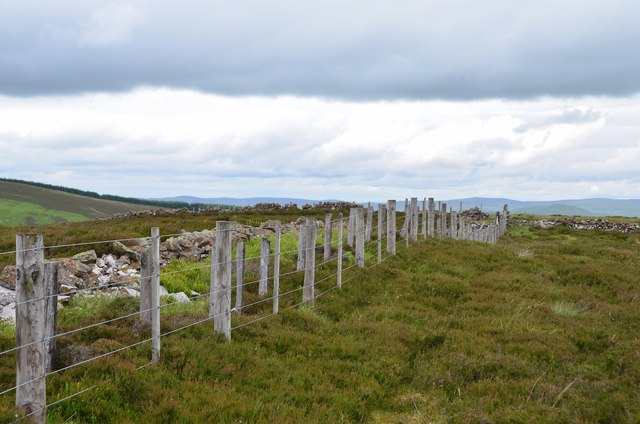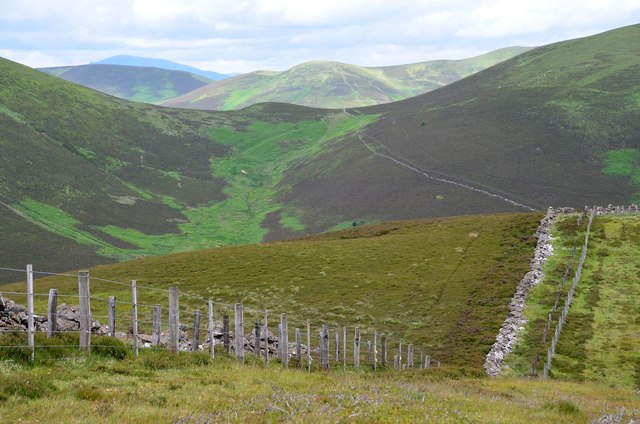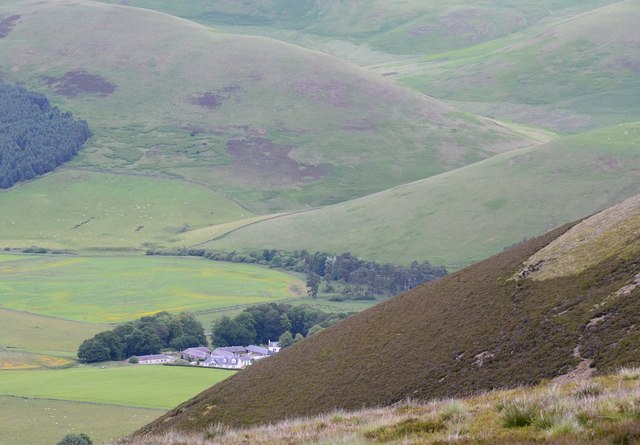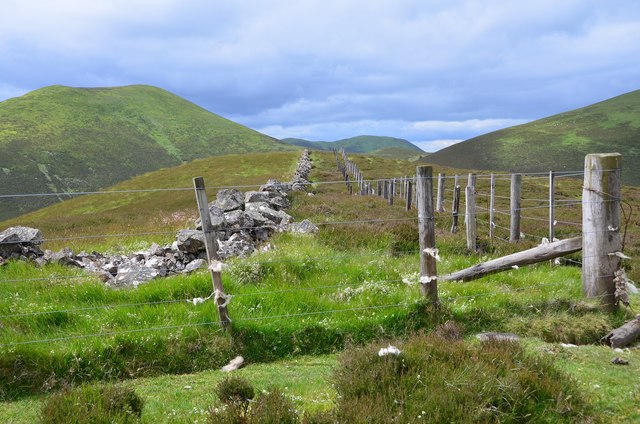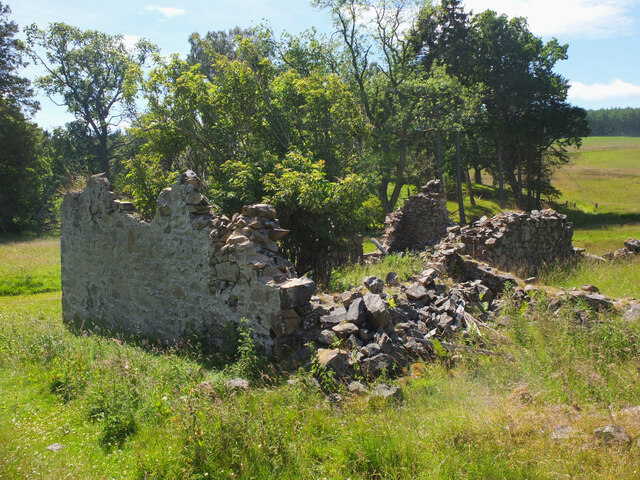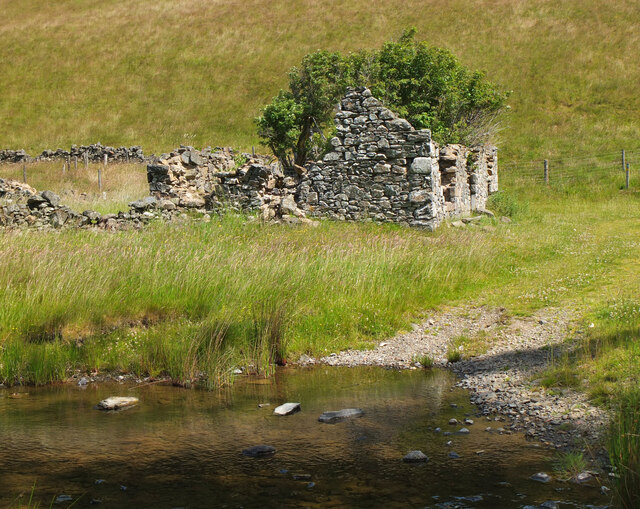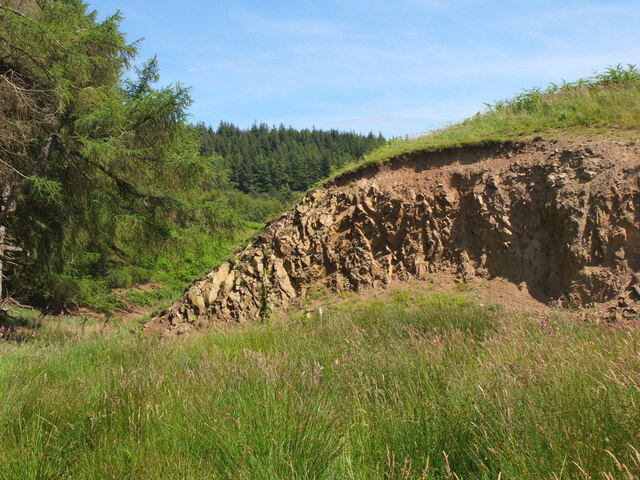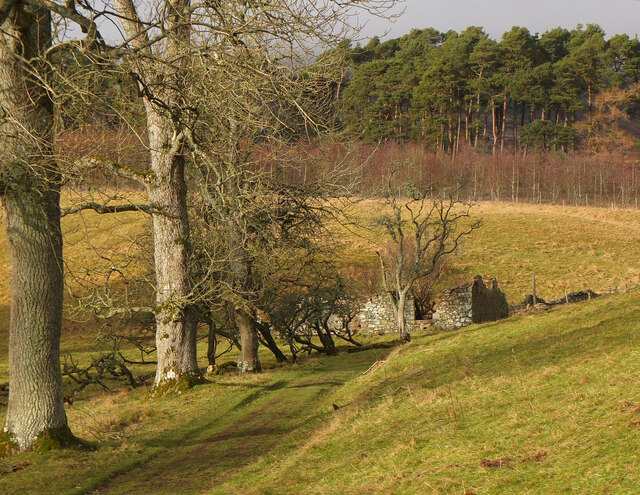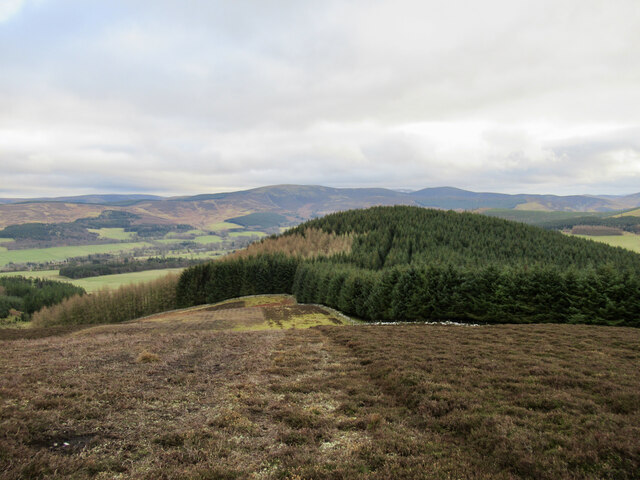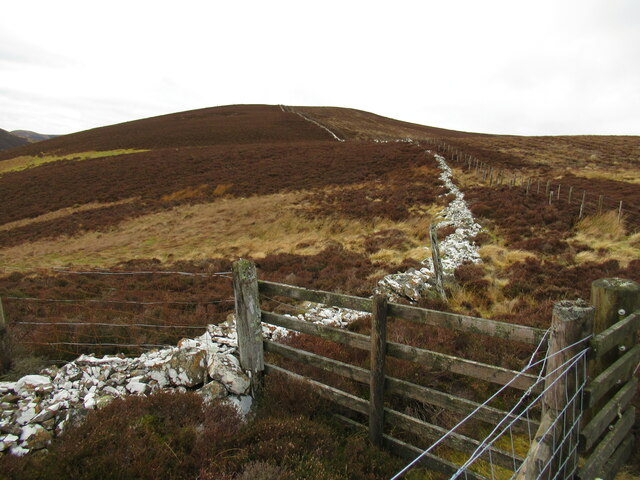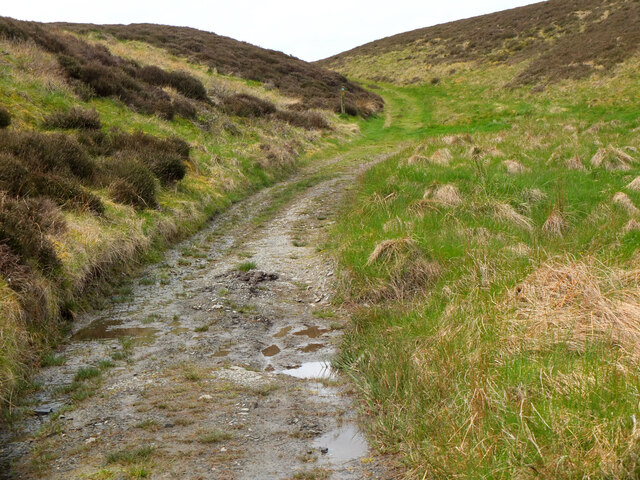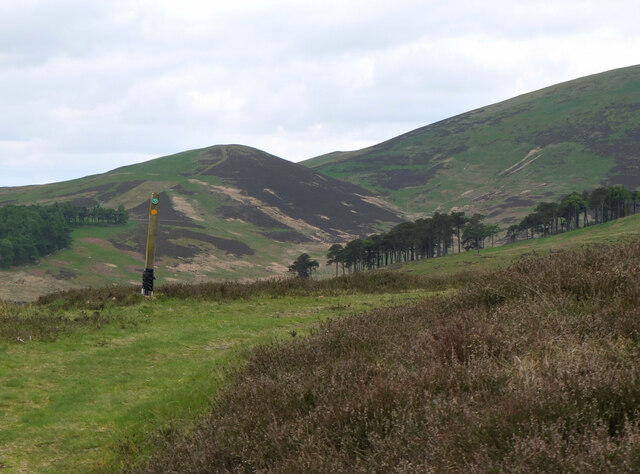Riding Hill
Hill, Mountain in Peeblesshire
Scotland
Riding Hill
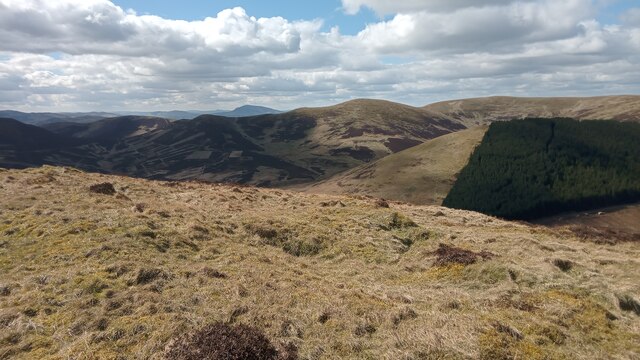
Riding Hill is a prominent hill located in Peeblesshire, a historic county in the Scottish Borders region of Scotland. Sitting at an elevation of 477 meters (1,565 feet), it is a popular destination for outdoor enthusiasts, hikers, and nature lovers.
The hill is situated near the village of Eddleston, approximately 6 kilometers (3.7 miles) south of the town of Peebles. It offers breathtaking panoramic views of the surrounding countryside, including the picturesque Tweed Valley and the rolling hills of the Southern Uplands.
Riding Hill is known for its relatively gentle slopes, making it accessible to people of various fitness levels. A network of well-maintained trails and footpaths crisscross the hill, providing opportunities for both leisurely strolls and more challenging hikes. The trails showcase the area's natural beauty, with heather-covered moorlands, scattered wildflowers, and various species of birds and wildlife.
At the summit of Riding Hill, visitors are rewarded with stunning vistas stretching as far as the eye can see. On clear days, one can admire the distant peaks of the Pentland Hills to the northeast and the Moffat Hills to the south. The hill's prominent position also makes it an excellent spot for watching sunsets and capturing memorable photographs.
Riding Hill offers a tranquil escape from the hustle and bustle of everyday life, offering visitors a chance to immerse themselves in the stunning Scottish countryside and enjoy the serenity of nature.
If you have any feedback on the listing, please let us know in the comments section below.
Riding Hill Images
Images are sourced within 2km of 55.647926/-3.3304112 or Grid Reference NT1640. Thanks to Geograph Open Source API. All images are credited.

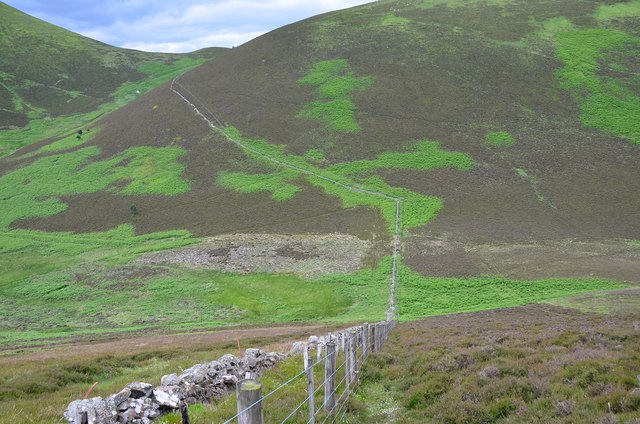
Riding Hill is located at Grid Ref: NT1640 (Lat: 55.647926, Lng: -3.3304112)
Unitary Authority: The Scottish Borders
Police Authority: The Lothians and Scottish Borders
What 3 Words
///reveal.fall.cooked. Near Peebles, Scottish Borders
Nearby Locations
Related Wikis
Battle of Happrew
The Battle of Happrew was a skirmish which took place around 20 February 1304, during the First War of Scottish Independence. A chevauchée of English knights...
Tarth Water
The Tarth Water is a river in Peebleshire, in the Scottish Borders. It forms part of the River Tweed system. The river with a total length of 7.1 miles...
Lyne Kirk
Lyne Kirk is an ancient and historic kirk or church, of the Church of Scotland. It is situated on top of a mound adjacent to the A72 trunk route 4.5 miles...
Stobo Kirk
Stobo Kirk is an ancient church of the Church of Scotland. It is dedicated to St Mungo and is situated near the B712 off the A72 just 6 miles south-west...
Nearby Amenities
Located within 500m of 55.647926,-3.3304112Have you been to Riding Hill?
Leave your review of Riding Hill below (or comments, questions and feedback).
